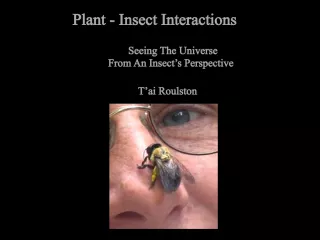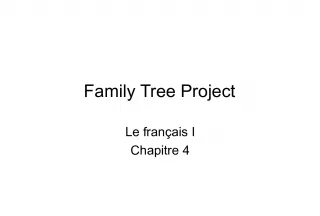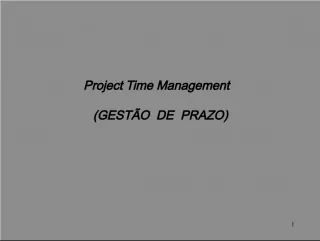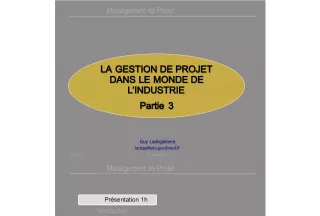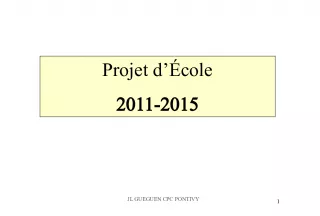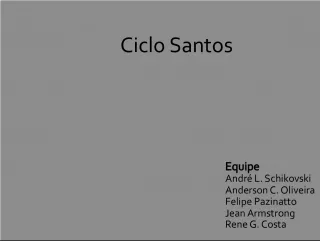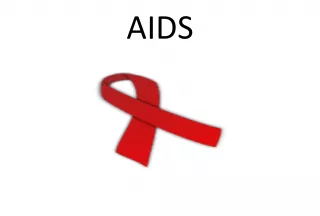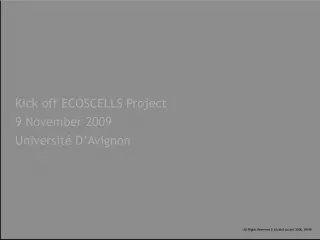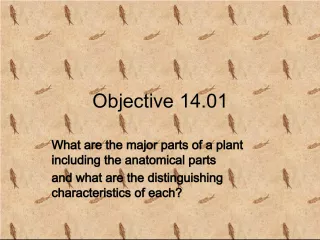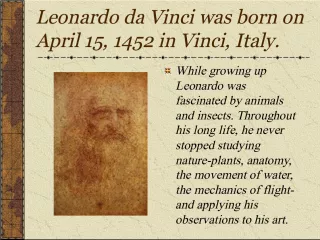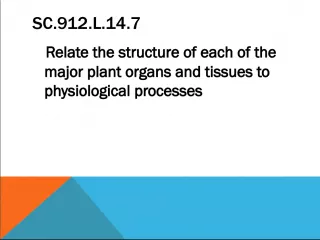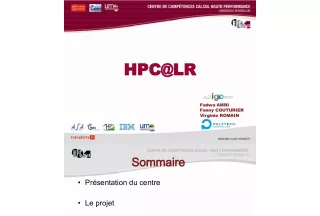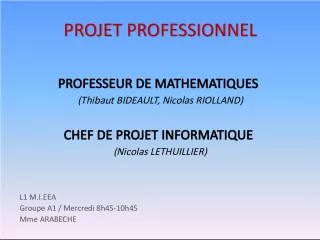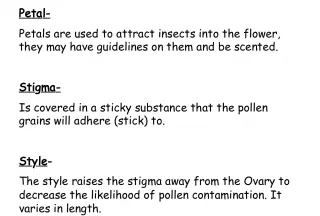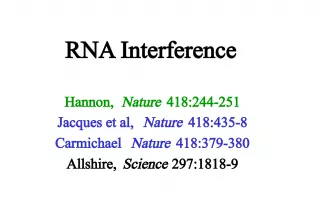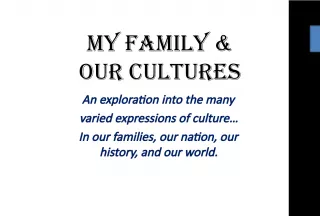Insects and Leaves Project
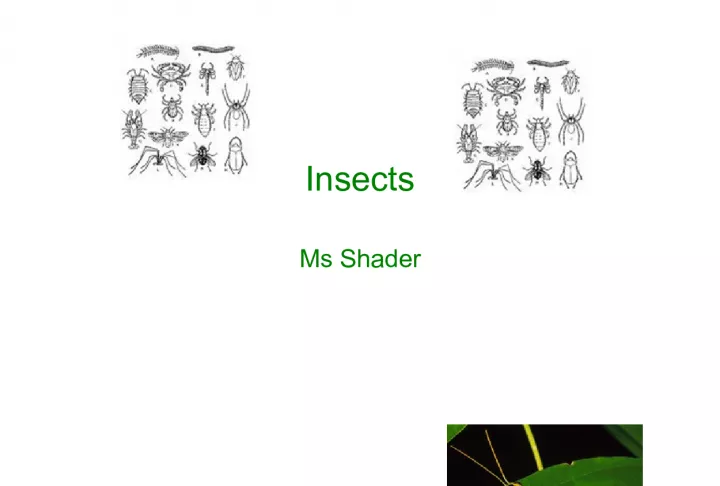

The Insects and Leaves Project requires students to collect and identify 20 different insect species and 20 different leaf species. For the insect portion, students will earn an A for correctly identifying and labeling all
- Uploaded on | 0 Views
-
 carl
carl
About Insects and Leaves Project
PowerPoint presentation about 'Insects and Leaves Project'. This presentation describes the topic on The Insects and Leaves Project requires students to collect and identify 20 different insect species and 20 different leaf species. For the insect portion, students will earn an A for correctly identifying and labeling all. The key topics included in this slideshow are . Download this presentation absolutely free.
Presentation Transcript
Slide1InsectsMs Shader
Slide2Insect Project• 20 insect species for an ‘A’, 15 for a ‘B’ and 10 for a ‘C’ • Labels must have common name on each – Plus place found and person who found it – 10 must have proper scientific name • Pinned through the thorax • Wings spread on all moths, dragonflies and butterflies • Presentation counts
Slide3Leaf Project• 20 leaf species • 1 – 2 leaves per page so that you have a book • All leaves must be identified by the plant they came from using both the common name and the scientific name. • All leaves must be identified with the place the leaf was found and the person who found it. • Use a leaf press to flatten and dry leaves (5-7) days Red Maple Acer rubrum Pine Bush, NY Collected by: Michael Raucci July, 23 2006
Slide4Proper LabelsRed Maple Acer rubrum Pine Bush, NY Collected by: Holly Shader July, 23 2006 Common Housefly Mosca Negro Pine Bush, NY Collected by: Holly Shader August 21, 2007 Common Name: Scientific Name: Place Caught: Collected by: Date Collected:
Slide5Which of the following is the closestrelative to a grasshopper? a. Octopus b. Crab c. Snail d. Clam What did you base your answer on?
Slide6What do all Insects have incommon? • Insects are ARTHROPODS • Invertebrates (No backbone or spinal cord) • Bilateral symmetry (left and right side similar) • Head with brain • Exoskeleton made of protein and chitin • Jointed limbs • Open circulatory system
Slide7All insects also have• Three body sections - head, thorax, abdomen • One pair of antennae • 2 Compound eyes • Thorax has 3 segments, each with a pair of legs (6 legs). • Abdomen usually has 11 segments and spiracles (openings used for breathing. • Open circulatory system • Develop through metamorphosis (stages)
Slide8Life cycles of insectsComplete Metamorphosis Incomplete Metamorphosis
Slide9How many are there?• 290,000 species of beetles • 103,000 species of ants, bees and wasps • 112,000 moths and butterflies • 164,000 other insect species (flys etc.)
Slide10BIOMASSIVEIf you calculated the weight of all the insects in the world.. • It would be more than all other animals combined.
Slide11MonarchButterflies • Gather in Mexico – as many as 4 million per acre.
Slide12Which of these are insects?
